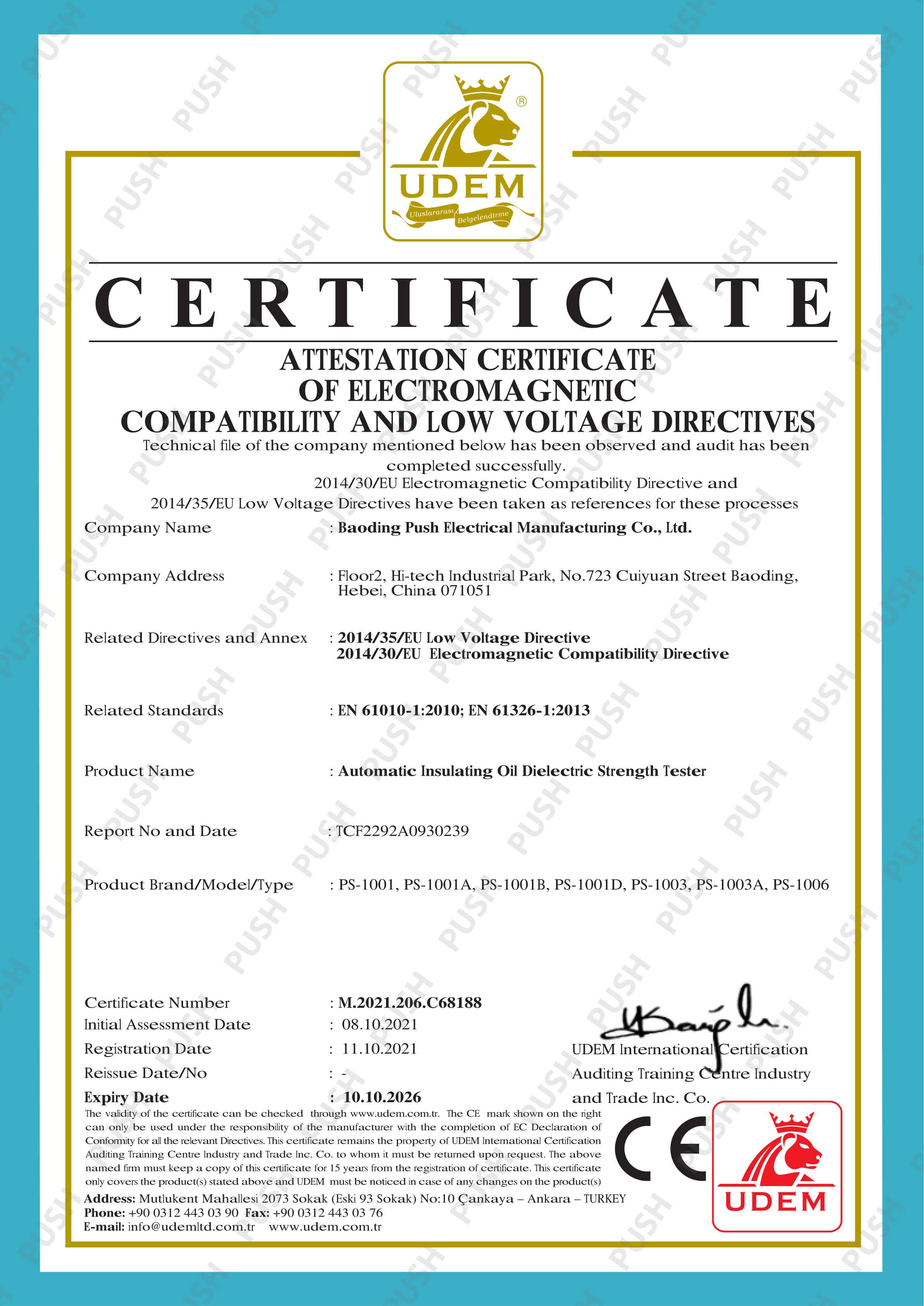 English
English


Automated Titration Solutions for Precise chemical Analysis
Automated Titration Revolutionizing Analytical Chemistry
Automated titration represents a significant advancement in analytical chemistry, enabling enhanced accuracy, efficiency, and reproducibility in the measurement of concentration in various chemical solutions. As industries increasingly rely on precise quantification for quality control, research, and compliance, automated titration systems have emerged as vital tools in laboratories around the world.
At its core, titration is a volumetric analysis method used to determine the concentration of a solute in a solution. Traditional titration involves manual measurement of the titrant added to the analyte until the reaction reaches the equivalence point, often indicated by a color change or a pH shift. While this method has been fundamental in chemistry education and practice, it can be time-consuming, prone to human error, and requires a level of skill and experience to achieve reliable results.
Automated titration systems streamline this process by integrating advanced technology, including precision pumps, sensors, and software, to perform titrations with minimal human intervention. These systems can automatically dispel titrants, monitor reaction progress in real time, and accurately determine the endpoint of the titration. Furthermore, the automated process allows for faster experimentation while reducing the risk of human error, leading to more reliable and consistent results.
One of the primary advantages of automated titration is its ability to handle large volumes of samples. This is particularly beneficial in industrial settings where quality control assessments must be performed rapidly and efficiently. Automated systems can manage multiple samples simultaneously, significantly increasing throughput. This efficiency also translates into cost savings, as less time and labor are required for analysis.
automated titration

Moreover, automated titration offers enhanced reproducibility. By eliminating variables associated with manual titration, such as subjective interpretation of endpoints and variations in technique among different operators, automated systems ensure that results are consistent across multiple runs. This uniformity is crucial in regulatory environments where compliance with stringent quality standards is necessary.
In addition to traditional acid-base titrations, automated systems can perform various types of titrations, including redox, complexometric, and precipitation titrations. This versatility makes them suitable for a wide range of applications across different fields, including pharmaceuticals, environmental testing, food and beverage, and petrochemicals. For instance, in the pharmaceutical industry, accurate titations are fundamental to ensuring the proper formulation of drugs, whereas in environmental testing, they are used to measure pollutants in water samples.
Despite the benefits, organizations considering automated titration must also weigh the initial investment costs. While the price of automated systems can be considerable, the long-term benefits of increased productivity, improved accuracy, and reduced labor costs often justify the expense.
In conclusion, automated titration is transforming the landscape of analytical chemistry by offering a more efficient, accurate, and reproducible alternative to traditional methods. As technology continues to advance, we can expect further innovations in automated titration, making it an indispensable tool in laboratories and industrial settings alike. With its capacity to enhance productivity and ensure high-quality outcomes, automated titration is poised to play a critical role in the future of chemical analysis.
-
Differences between open cup flash point tester and closed cup flash point testerNewsOct.31,2024
-
The Reliable Load Tap ChangerNewsOct.23,2024
-
The Essential Guide to Hipot TestersNewsOct.23,2024
-
The Digital Insulation TesterNewsOct.23,2024
-
The Best Earth Loop Impedance Tester for SaleNewsOct.23,2024
-
Tan Delta Tester--The Essential Tool for Electrical Insulation TestingNewsOct.23,2024





